


Solar Panels and Roofing: Integration and Benefits
July 18, 2024Roofing Maintenance Checklist for Homeowners


Roofing Maintenance Checklist for Homeowners
Roofing Maintenance Checklist for Homeowners. Regular roofing maintenance is essential for protecting your home from weather damage and ensuring its longevity.
This guide will provide homeowners with a comprehensive checklist for maintaining their roofs, covering everything from routine inspections to preventive measures.
Read on – Roofing Maintenance Checklist for Homeowners
Importance of Roofing Maintenance
Regular maintenance is crucial for identifying and addressing minor issues before they become major problems. This proactive approach can save homeowners significant time and money in the long run.
Maintaining your roof ensures the structural integrity of your home, prevents water damage, and enhances overall safety. A well-maintained roof also contributes to the longevity of the entire property.
Understanding Your Roof
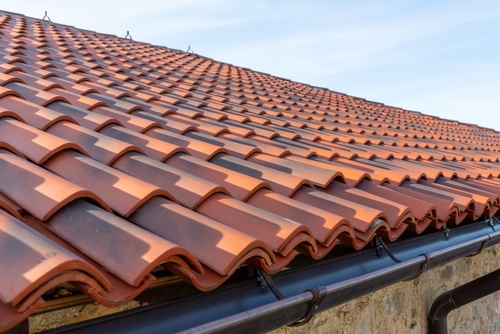

Types of Roofing Materials
In Singapore, common roofing materials include asphalt shingles, metal roofing, clay tiles, and concrete tiles. Each material has its unique maintenance needs and longevity.
Specific Maintenance Needs for Each Type
- Asphalt Shingles: Regularly check for curling, cracking, and missing shingles.
- Metal Roofing: Look for signs of rust and ensure screws and fasteners are secure.
- Clay and Concrete Tiles: Inspect for cracks and ensure they are properly sealed.
- Flat Roofs: Check for pooling water and ensure proper drainage.
Basic Roof Structure
A typical roof system includes the roof covering, underlayment, roof deck, rafters, trusses, flashing, gutters, and downspouts. Each component plays a vital role in protecting your home.
How Each Component Contributes to Roof Health
- Roof Covering: Protects against weather elements.
- Underlayment: Provides additional waterproofing.
- Flashing: Seals joints and prevents water penetration.
- Gutters and Downspouts: Direct water away from the roof and foundation.
Routine Inspection Checklist
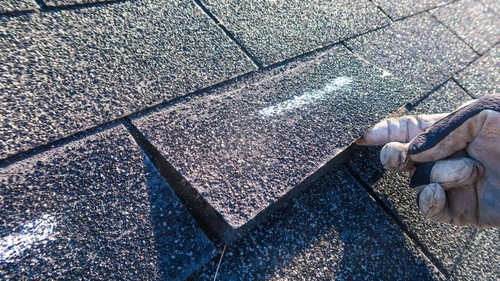

Visual Exterior Inspection
Regularly inspect your roof for visible damage, such as cracked or missing shingles, rust spots on metal roofs, and broken tiles. Early detection of damage can prevent more significant issues.
Look for signs of algae, mold, and moss, especially in shaded areas. These growths can retain moisture and damage the roofing material over time.
Interior Inspection
Inspect your attic and ceilings for water stains, damp spots, and mold, which indicate leaks. Ensure proper insulation and ventilation to prevent condensation.
Proper insulation and ventilation help maintain roof health by preventing moisture buildup and regulating temperature.
During the rainy season, inspect your roof more frequently for leaks and ensure that water is draining correctly.
Cleaning and Maintenance Tasks
Clearing Debris
Regularly remove leaves, branches, and other debris from your roof. This prevents water pooling and reduces the risk of mold growth.
A clean roof minimizes the risk of damage and extends the roof’s lifespan by preventing moisture buildup and rot.
Gutter Maintenance
Clean your gutters and downspouts regularly to ensure proper water drainage. Clogged gutters can cause water to overflow and damage your roof and foundation.
Ensure that gutters and downspouts are securely attached and directing water away from your home’s foundation.
Roof Surface Cleaning
Use appropriate cleaning methods for your roofing material. For example, use a low-pressure wash for asphalt shingles and a soft brush for clay tiles.
Clean algae, mold, and mildew using a mixture of water and mild detergent. Avoid harsh chemicals that can damage roofing materials.
Repairing Minor Damages
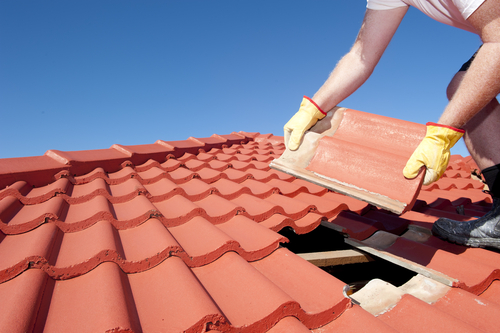

Shingle Replacement
Regularly check for and identify damaged or missing shingles. These can lead to leaks and further damage if not addressed promptly.
To replace shingles, lift the edges of the surrounding shingles, remove the damaged shingle, and nail a new one in place. Seal the area with roofing cement.
Flashing Repair
Inspect flashing around chimneys, vents, and skylights for cracks or gaps. Flashing prevents water from seeping into these joints.
Repair damaged flashing by resealing it with appropriate sealant or replacing it if necessary.
Fixing Leaks
Early detection of leaks can prevent significant water damage. Look for water stains, mold, and damp spots in your attic and ceilings.
Seal small leaks with roofing cement or waterproof sealant. For larger leaks, consider professional repairs.
Preventive Measures
Tree Trimming
Trim tree branches that hang over your roof to prevent damage from falling debris and reduce the risk of mold and moss growth.
Regular trimming prevents branches from breaking and causing damage during storms.
Pest Control
Look for signs of pests, such as nests or droppings, which can indicate an infestation.
Seal gaps and cracks to prevent pests from entering your roof structure. Consider professional pest control if necessary.
Ventilation Check
Proper ventilation is crucial for maintaining roof health. Ensure vents are clear and functioning correctly to prevent moisture buildup.
Good ventilation extends the roof’s lifespan by reducing moisture and temperature extremes.
Professional Maintenance
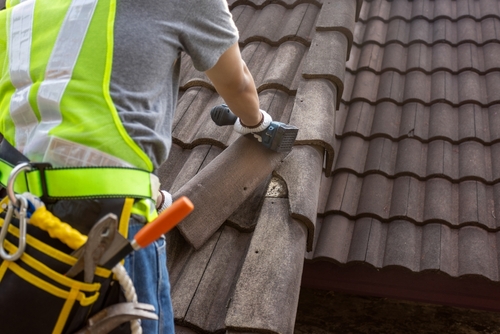

Some tasks, such as extensive repairs or complicated inspections, are best left to professionals. Recognize when an issue is beyond your skill level.
Professionals have the expertise and tools to identify and fix issues that may not be apparent to homeowners. They can ensure repairs are done correctly and safely.
Look for certified, experienced contractors with good reputations. Check reviews and ask for references. Ask about the contractor’s experience, the inspection process, pricing, and warranties offered.
Creating a Maintenance Schedule
Perform simple checks, such as removing debris, inspecting for visible damage, and cleaning gutters, monthly. Regular attention helps identify and address minor issues before they become significant problems.
Ensure gutters are clean, check for leaks, and ensure all seals are intact before heavy rains.
Annual Maintenance Tasks
Conduct a thorough inspection at least once a year, preferably by a professional, to ensure all components of the roof are in good condition.
Perform any necessary major cleaning and repairs, such as replacing damaged shingles and repairing flashing.
Documenting Maintenance
Keep detailed records of all inspections and repairs. This documentation helps track the roof’s condition and schedule future maintenance.
Maintenance logs provide a history of the roof’s condition and can be useful for warranty claims and when selling the home.
Take photos before and after maintenance to document the condition of the roof and the work done. Photos provide a visual record that can be used for future reference and to monitor changes over time.
Frequently Asked Questions (FAQs)
How often should I inspect my roof?
Inspect your roof at least twice a year and after major weather events. Regular inspections help identify and address issues early.
Can I clean my roof myself?
Yes, but ensure you use appropriate methods for your roofing material and take necessary safety precautions. For extensive cleaning, consider hiring a professional.
What are the signs of roof damage?
Signs of roof damage include missing or damaged shingles, water stains, mold, and damp spots in the attic or ceilings.
How do I find a reliable roofing contractor?
Find a reliable contractor by checking certifications, reading reviews, and asking for references. Get multiple quotes to compare costs and services.
What should I do if I find a leak?
If you find a leak, document it and take immediate steps to seal it temporarily. Contact a professional roofer for a thorough inspection and repair.
Roofing Maintenance Checklist for Homeowners – Conclusion
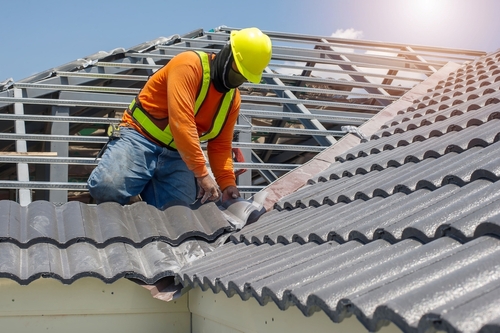

Regular roofing maintenance is essential for preventing major repairs, extending the roof’s lifespan, and ensuring home safety.
Key points include understanding your roof, conducting routine inspections, performing regular cleaning and maintenance, and knowing when to call a professional.
Proactive maintenance helps identify and address minor issues before they escalate, saving time and money.
Investing time and effort in regular roofing maintenance provides peace of mind and ensures the long-term health and safety of your home.
Are you seeking a professional and reliable roofing specialist in Singapore? Contact us today!


